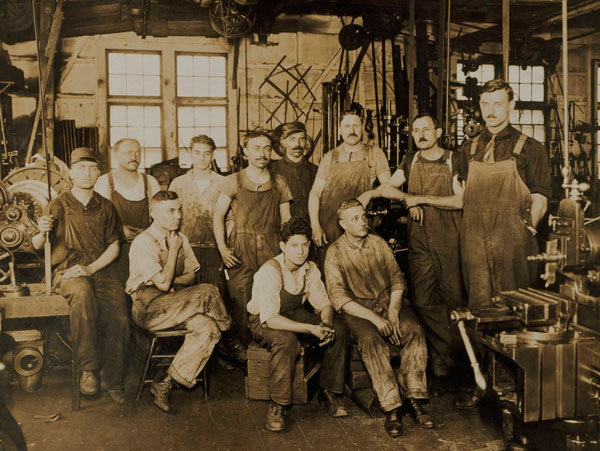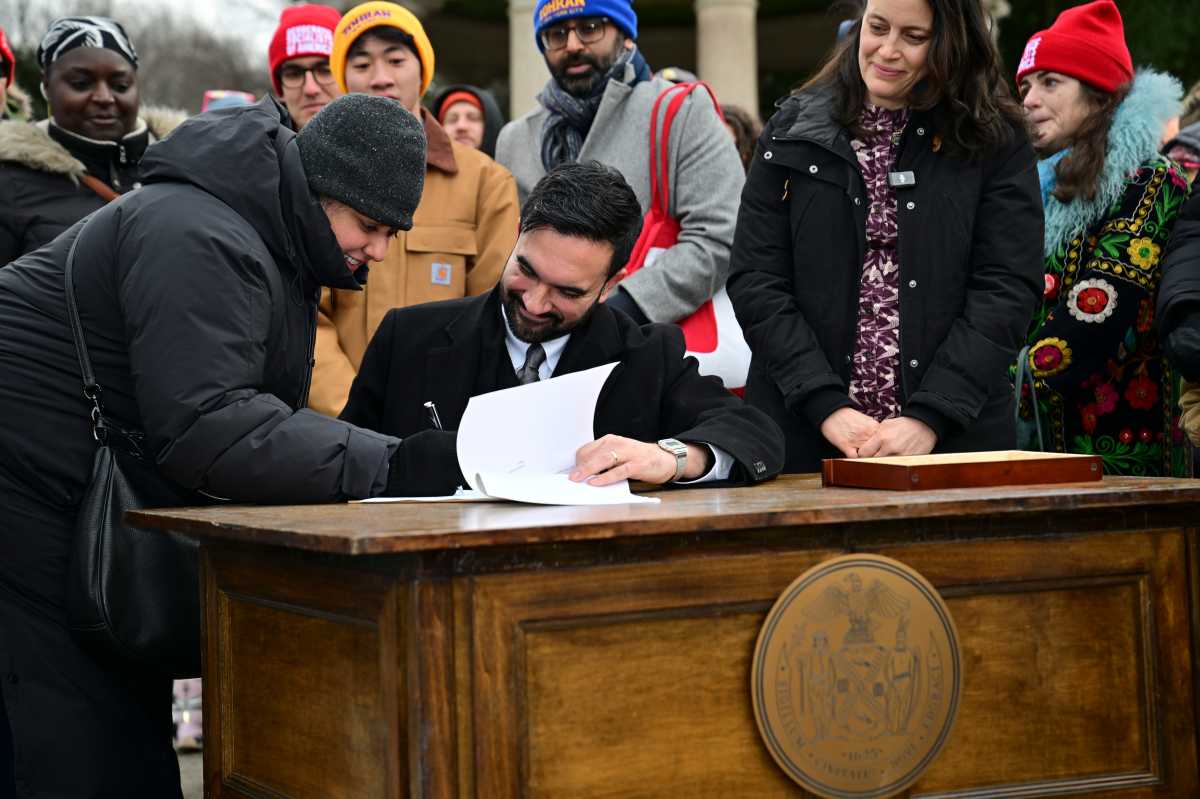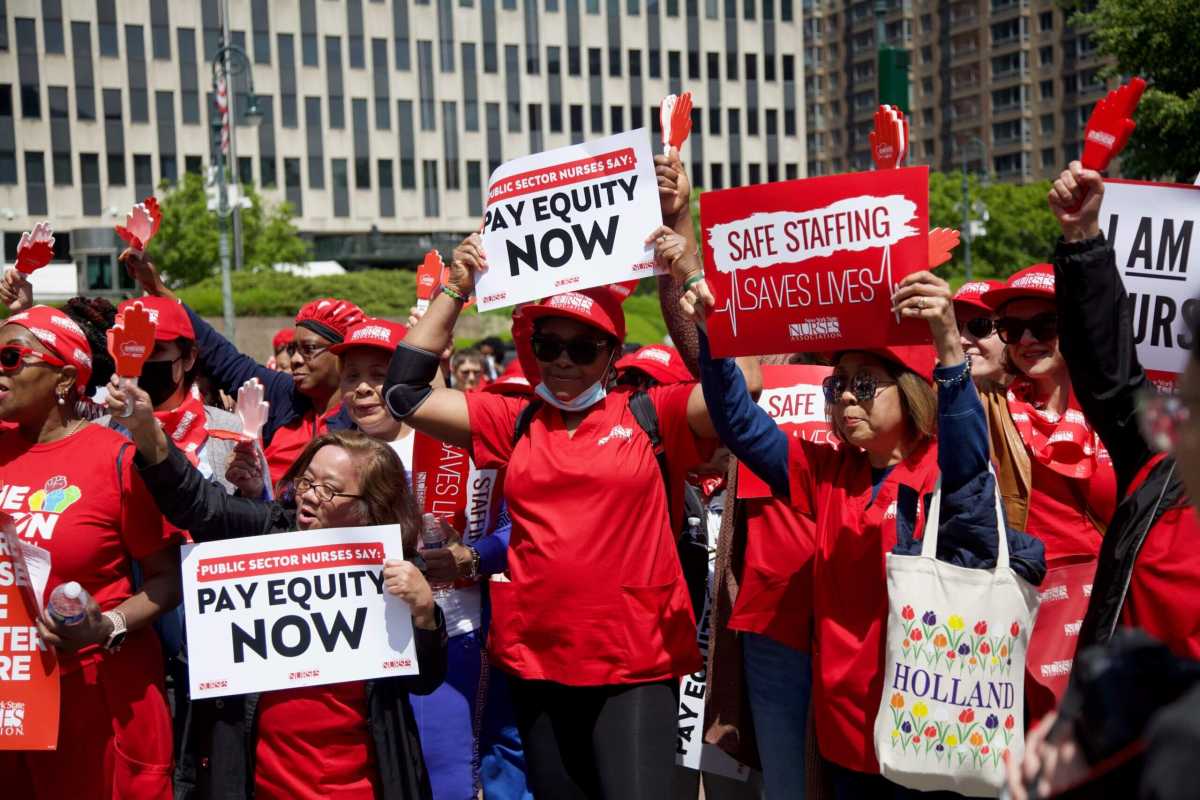It won’t cost you a penne for his thoughts!
The heir of a pasta-making empire will discuss Brooklyn’s history as the nation’s noodle capital, at a free talk at the Brooklyn Central Library on Sept. 28. In his lecture “The History of Pasta Making in Brooklyn,” Leonard De Francisci will discuss how the borough’s Italian population and concentration of steel manufacturers made it the ideal location for a pasta boom, further boosted by the first World War.
“There were a lot of Italian immigrants in Brooklyn at the time, and in World War One we cut off all trade with Europe — we could no longer trade with Europe,” said De Francisci. “All of a sudden all of these pasta companies popped up in the U.S. because we couldn’t get pasta from Italy anymore.”
But producing pasta by hand was a laborious process. So in 1914, De Francisci’s great-grandfather patented a pasta-making machine, which increased the speed of production, cut the drying time from two days to a few hours, and made the dough safer.
“Through the machine, pasta continuously flows and it’s more sanitary because you don’t have to move it from one machine to another,” said De Francisci. “It’s less waste too — we got the most out of the ingredients.”
His ancestor’s company, now called Demaco (for “De Francisci Machine Company”), sold the machines to Brooklyn pasta companies, such as the Metropolitan Macaroni Manufacturing Company, which served the large Italian population in Williamsburg at the time.
During the Great Depression, said De Francisci, pasta became popular with non-Italians, in part because it was cheap to produce. The Brooklyn-based pasta companies — and the pasta machine-making companies — expanded, and macaroni became a feather in Kings County’s cap. The borough produced more pasta than any other region in the country, he said.
During his library talk, De Francisci will also discuss the end of Brooklyn’s dominance during the 1980s, as pasta companies folded or moved closer to the mills that produced the flour they required. Demaco left its Williamsburg location in 1998 in favor of Florida, where it currently operates.
“The History of Pasta Making in Brooklyn” at Brooklyn Central Library [10 Grand Army Plaza bet. Flatbush Avenue and Eastern Parkway in Prospect Heights, (718) 230–2100, www.bklyn


























